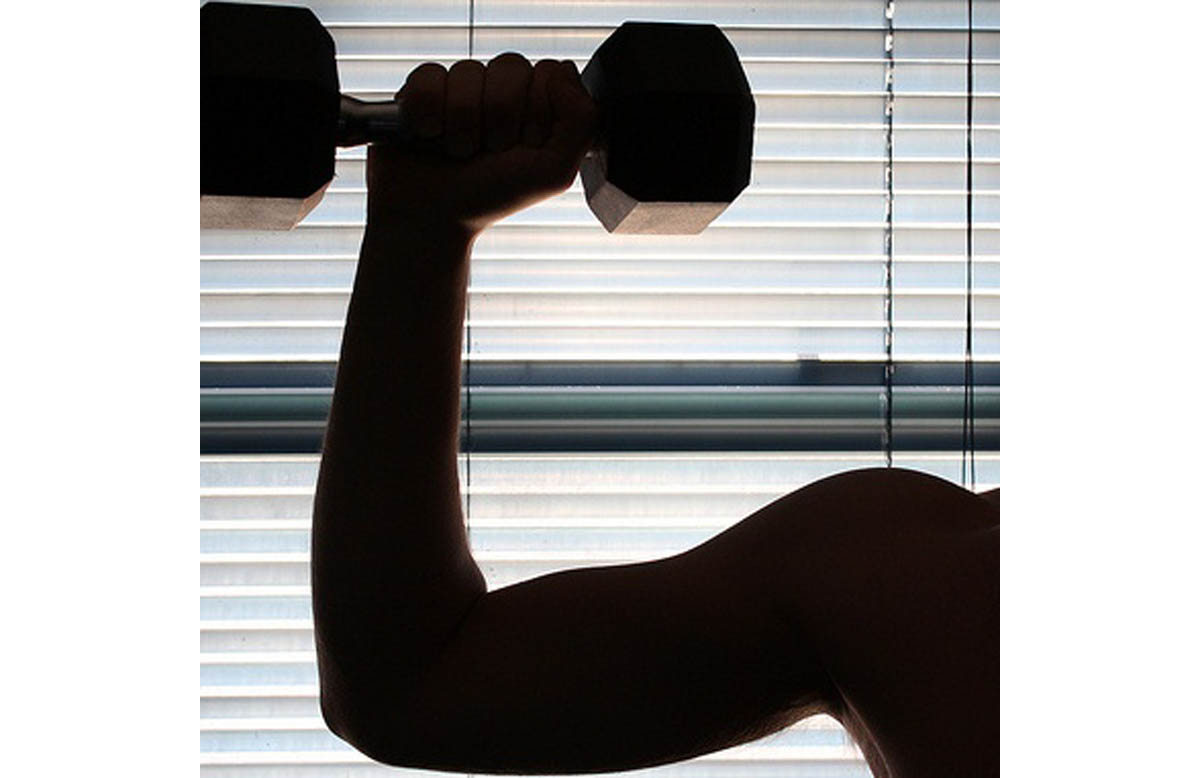Table of Contents
If you want one word to describe this program, then “hard” is probably it.
It won’t be the same type of hard as a grueling hill sprint session, a biceps curl drop set, or running a marathon, but it will tax your muscles and nervous system in a completely different way. For that reason, there are a few considerations to take note of before starting:

Rest is essential
During the six weeks the only type of training you should do are the set workouts. This means you should do no extra cardio sessions, no team sports, not added workouts to target lagging body parts, and no bodybuilding style accessory work. Doing any of these extra activities will sap your energy and seriously impede your performance in the gym, and ultimately your strength gains.
Nutrition is key
It goes without saying, but to lift big you need to eat big. This is not the workout for you if you’re currently dieting or trying to cut weight. While there’s no need to go mad and eat everything in sight, you do need to increase your calorie intake to aid with recovery and provide energy for your sessions.
A good rule of thumb when it comes to diet is that you should aim to multiply your body weight in pounds by 18 to get the number of calories you should eat per day.
Consume at least one gram of protein per pound of body weight and 0.5 grams of fat per pound, and then make the rest of the calories up with healthy carbs that will boost your micronutrient "stats".
Knowing Your Numbers
You need to know your one rep max numbers for your squat, bench press and deadlift before starting this program. If you’re not sure what they are, then test them, wait a fortnight and then start this program.
Exercises
There are three main exercises for this program – squats, deadlifts and bench presses. These are chosen as they’re the three powerlifting exercises, and the ones you’ll be able to increase strength on the quickest. If you’re not a competing powerlifter though, you can change squats to front squats or box squats, bench presses to overhead presses or close grip presses and deadlifts to trap bar deadlifts.
With those out of the way, it’s on with the program.
Program Overview
Here is a quick rundown of the weekly workout template. The schedule will stay the same for the whole six weeks.
All the accessory work should be done for three sets of eight to 12 reps, using a moderately challenging weight.
Monday – Squat as prescribed, plus glute ham raises, dumbbell lunges and weighted sit ups.
Wednesday – Bench Presses as prescribed, plus chin-ups, dumbbell rows and dips.
Thursday – Deadlift as prescribed, plus goblet squats, back extensions and ab wheel rollouts.
Saturday – Recovery/Technique Session as prescribed.
Sets and reps for the Main Exercises
For each session, it is important that you warm up progressively with your main exercises before hitting your top set. It should take six to eight sets before you reach the final one. Here’s what you do for each top set –
Week 1 – 92.5% of your one rep max for two reps.
Week 2 – 95% of your one rep max for two reps.
Week 3 – 97.5% of your one rep max for two reps.
Week 4 – 95% of your one rep max for three reps.
Week 5 – 97.5% of your one rep max for three reps.
Week 6 – 100% of your one rep max for as many reps as possible.
In week six of this challenging workout program, you should be able to get at least two reps at 100 percent of your previous one rep max, but if you’ve followed the program to the letter, chances are you’ll hit three or four with no issue.
Accessory Session
Here’s what to do in your Saturday session each week. This stays the same for the duration of the program as well:
Squat – 60 percent of one rep max for five sets of five reps
Bench Press – 60 percent of one rep max for five sets of five reps
Deadlift – 60 percent of one rep max for five sets of five reps
This weekend session is purely designed to reinforce your technique without over-taxing your muscles and nervous system.
The End?
Once the program is over and you have set new personal bests on all three lifts, it’s up to you what you do next with this new strength. Mind you, you will need at least a week away from the gym to rest and recuperate after you finish this taxing program, and while the results from this program are so great that it will be incredibly tempting to jump straight back into it, you should only use this program once every six months at the most. The best time to do it? Right when you have hit that plateau that you think you'll never work through.
Use it wisely, and you’ll get better results than you’ve had over the last year in just six weeks.
- “A 6-Week Squat, Bench, or Deadlift Program”, By Tim Henriques, Published on September 27, 2011, Accessed on November 21st, 2012, Retrieved from http://www.t-nation.com/free_online_article/most_recent/a_6week_squat_bench_or_deadlift_program
- Photo courtesy of soozwhit on Flickr: www.flickr.com/photos/soozwhite/273410697/in/photostream/


Your thoughts on this